Provisional cast ons are an incredibly useful tool for knitters. They can be undone at any time, giving knitters access to live stitches that can be knitted in the opposite direction, grafted together with hand stitching, and more. There are a few approaches to working a provisional cast on, so today we’re going to compare provisional cast ons that use a crochet hook, as well as taking an in-depth look at how to work a one-step provisional cast on.
What is a provisional cast on in knitting?
In knitting, a provisional cast on can be undone later, so knitters can access live (a.k.a. knittable) stitches for future knitting or grafting purposes.
The thing with a provisional cast on is that any cast on can technically be a provisional cast on, but know that you’re going to be ripping it out later to release your stitches. You can grab some scrap yarn and do a good old long tail cast on, but at the end when you need access to the live stitches from your cast on edge, you’ll be cutting into/fiddling with your project to do so. This is why we love a provisional cast on like the popular crocheted provisional cast on we’re looking at today. You can quickly chain up and cast on with a crochet hook, and have easy access to the stitches later, no cutting necessary.
One-Step vs. Two-Step Provisional Cast Ons Using Scrap Yarn
One of my most popular videos from years past is a provisional cast on tutorial featuring a two-step method, so when I decided to tackle the one-step approach, I looked to my first video for feedback. The primary issue that got commenters going was the fact that the video was demonstrating a two-step approach to this cast on, rather than a one-step version – it would seem the one-step is more popular.
What’s the difference between the one- and two-step methods?
Turns out very little. Both techniques accomplish the same chained scrap yarn cast on in the end. They’re nearly identical, depending on your technique. The difference is that in the one-step method, you’re crocheting chain stitches directly on to a knitting needle, rather than working a set of chain stitches and then knitting into the back of them, as you would in the two-step method. Is one better than the other? Having used both, I think it just depends on the knitter’s preference.
How to Work a One-Step Provisional Knitting Cast On
So here it is, an in-depth, multi-camera, fully mic’d video tutorial on how to accomplish a provisional knitting cast on using scrap yarn in one step. 
P.S. This method uses a crochet hook, but you don’t need to know how to crochet to accomplish it.
Related Tutorials
- Two-Step Provisional Knitting Cast On – Hands Occupied
- Provisional Cast On: A One-Step Method – Purl Soho (includes video demonstrating tensioning in your right hand)
- Provisional Cast Ons (both methods – photo tutorial)- Churchmouse Yarns & Teas
- Two-Step Provisional Cast On (photos & written tutorial) – Hands Occupied
- Crochet Provisional Cast On (photos & written tutorial, including pulling out stitches) – Ysolda
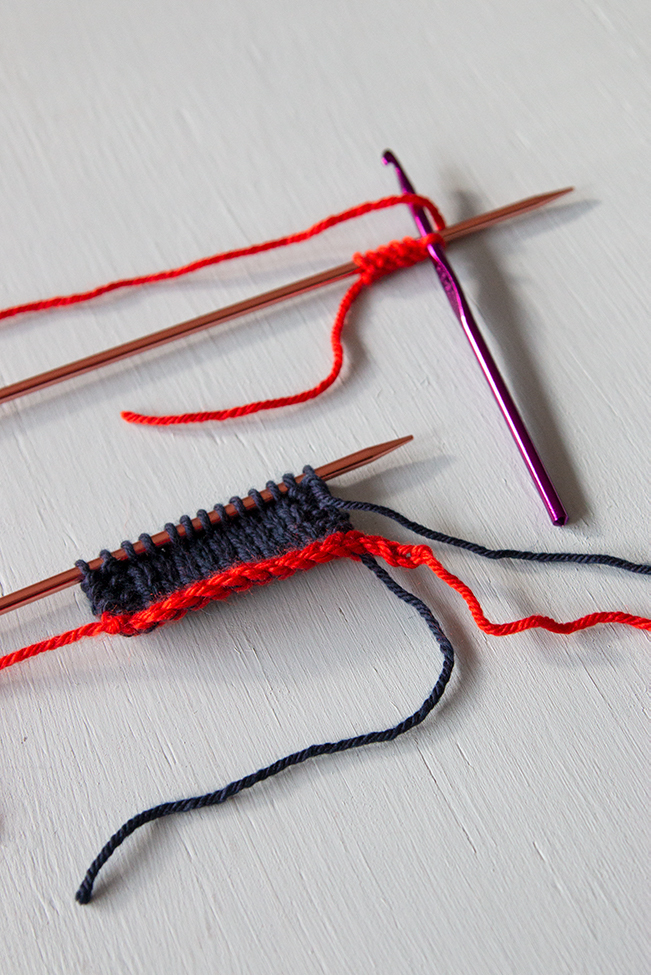
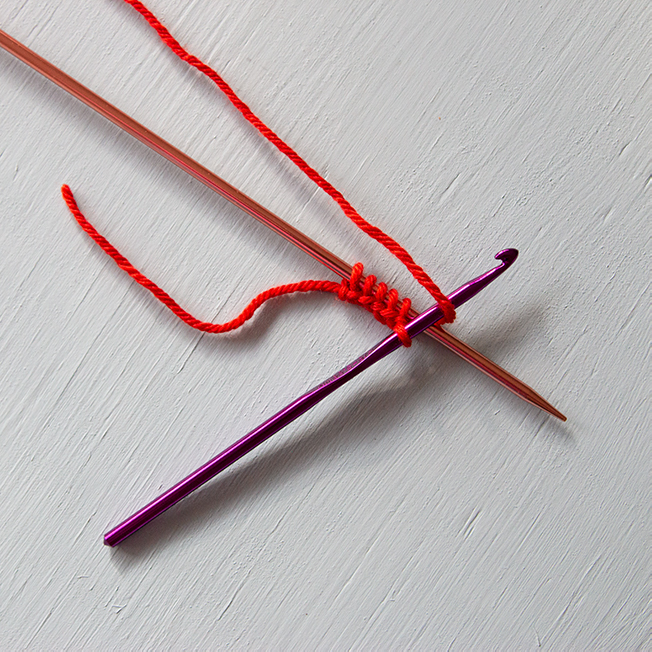
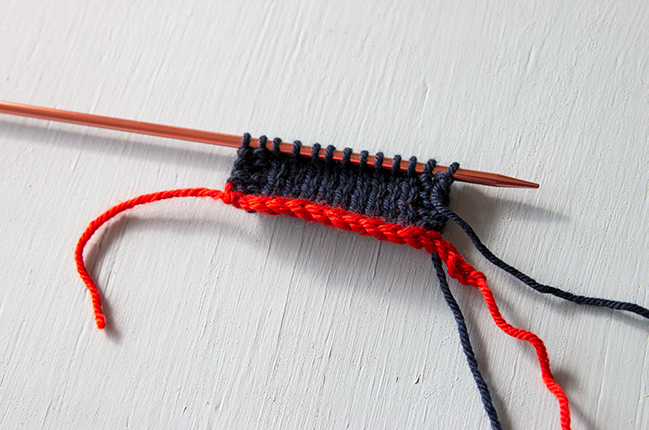
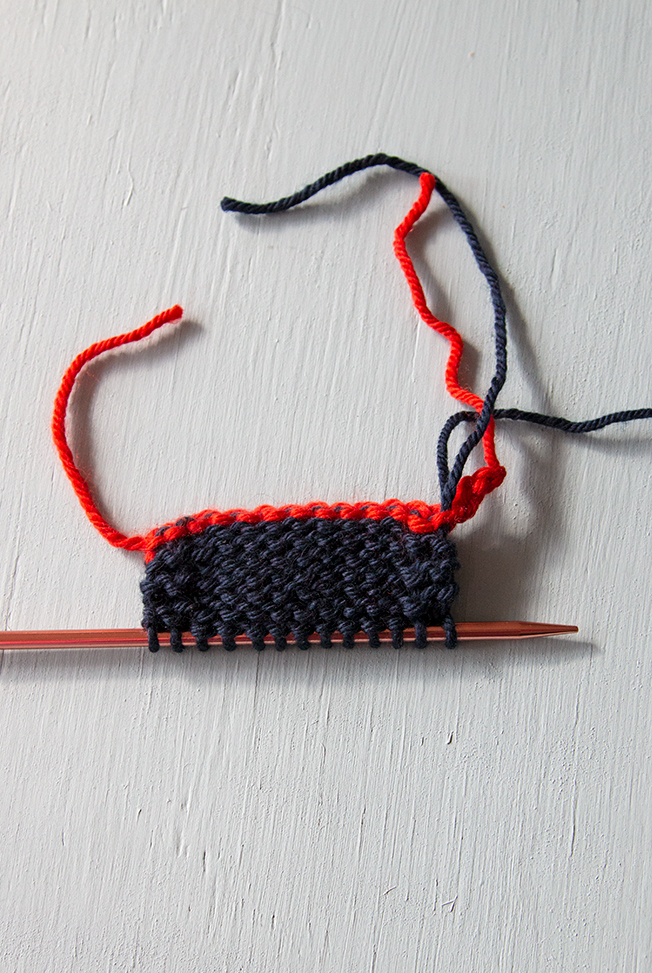
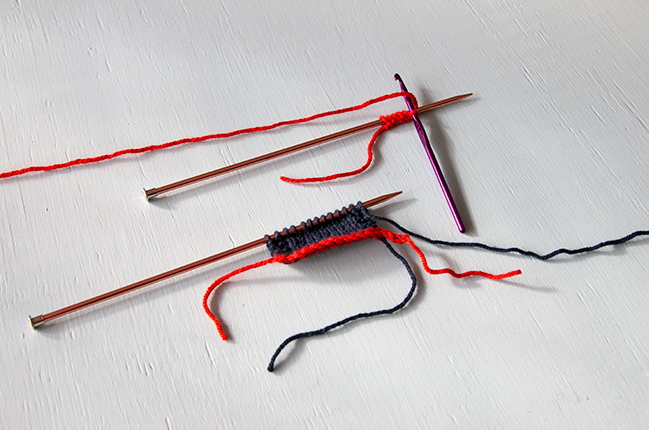
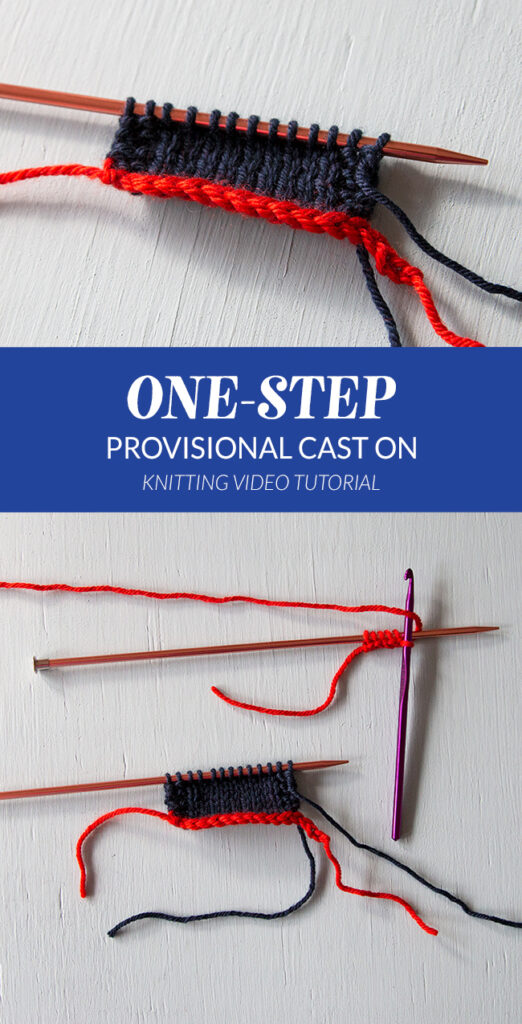
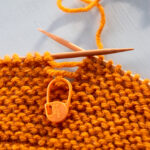

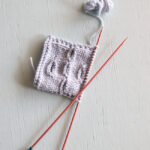
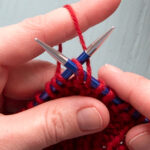


 & shop new patterns
& shop new patterns 





Loved this tutorial! The instructions were so clear and concise. Thanks so much for the hard work you put in your demonstrations!
Thank you for making this tutorial video. You are a very good teacher and made this look so easy.
Thank you so much, Kathy! I really appreciate the kind words. :)